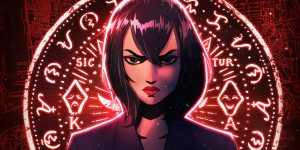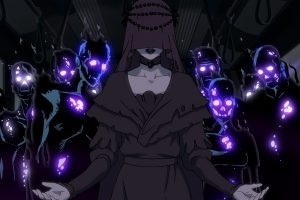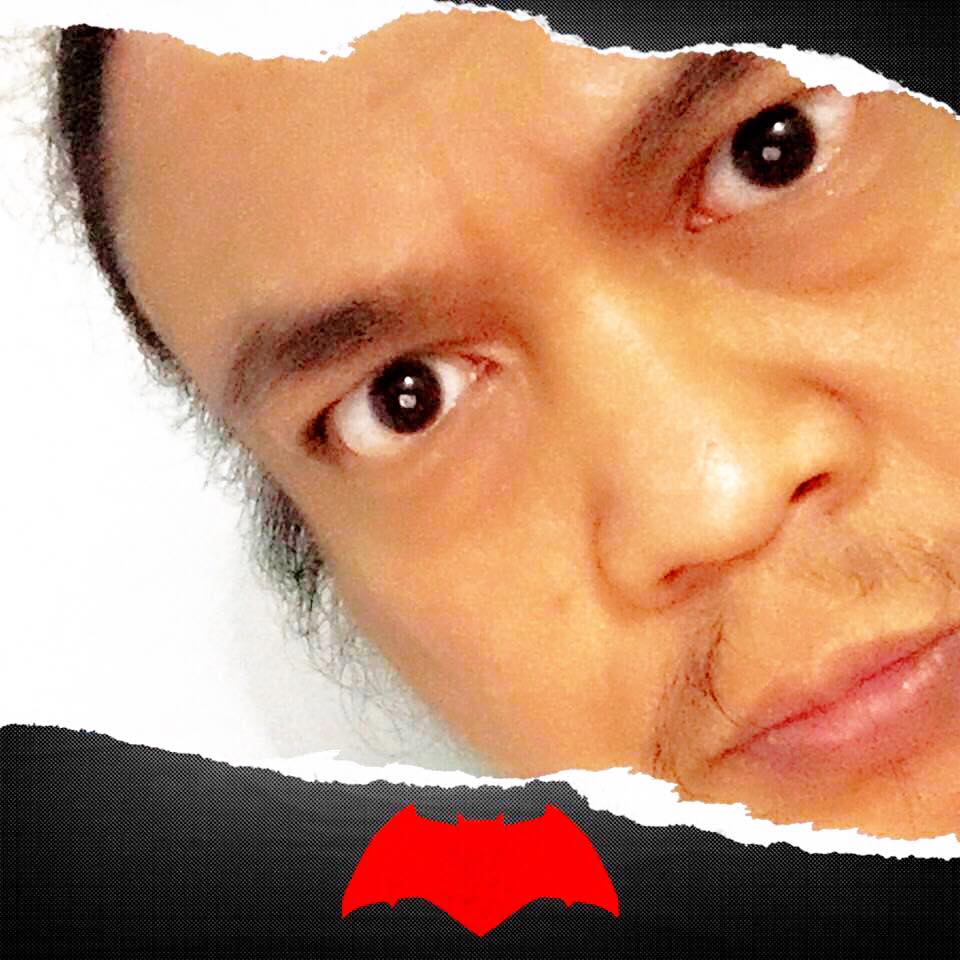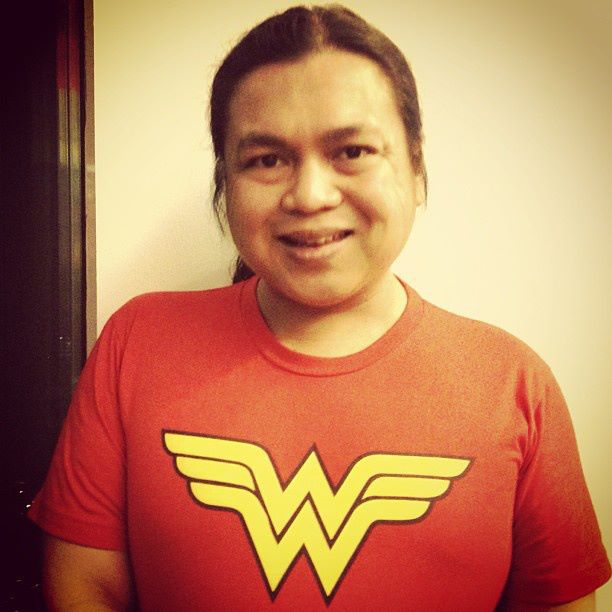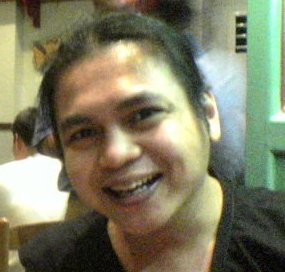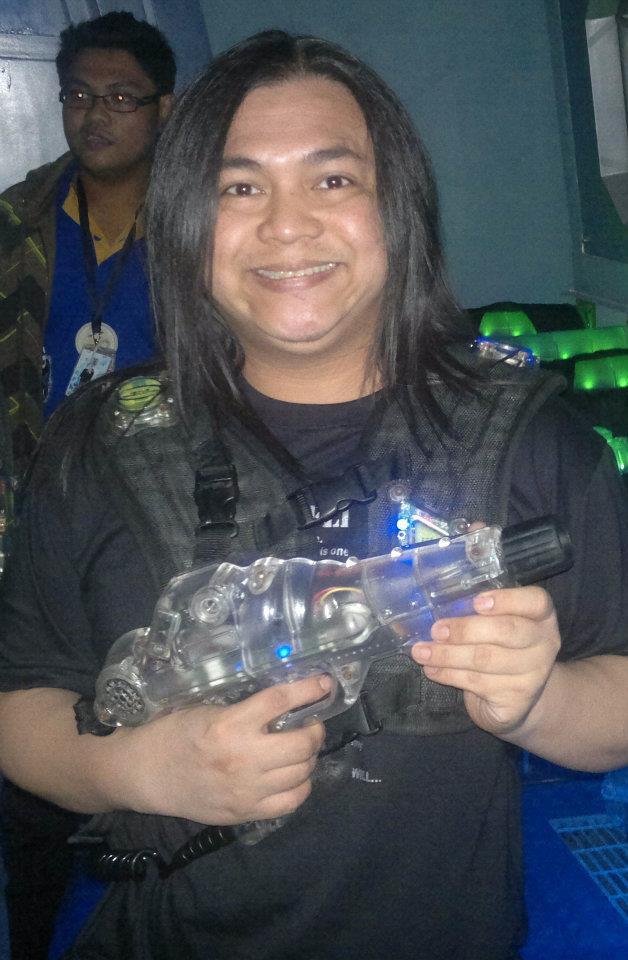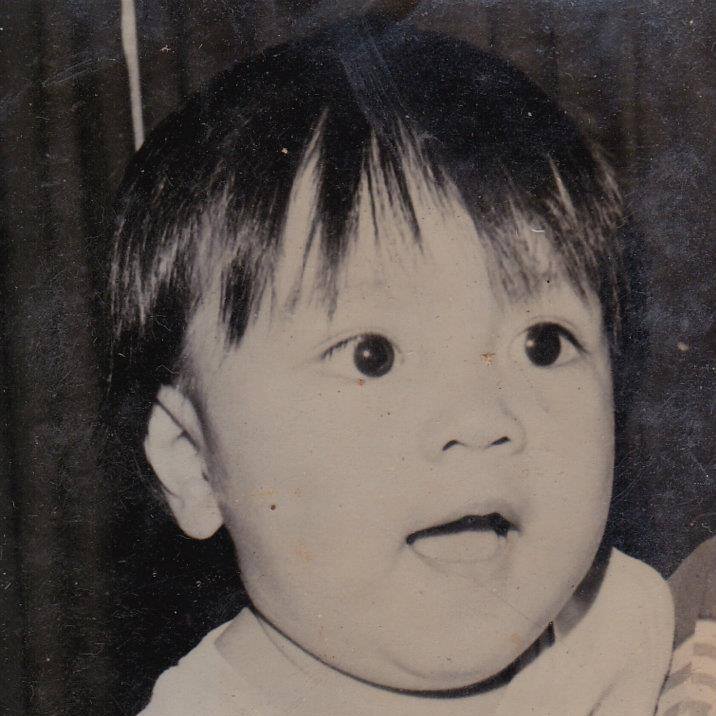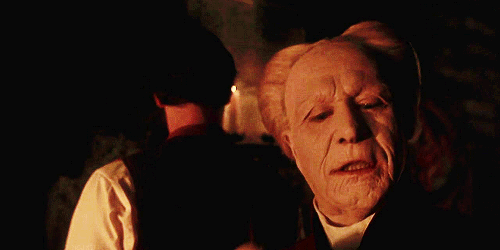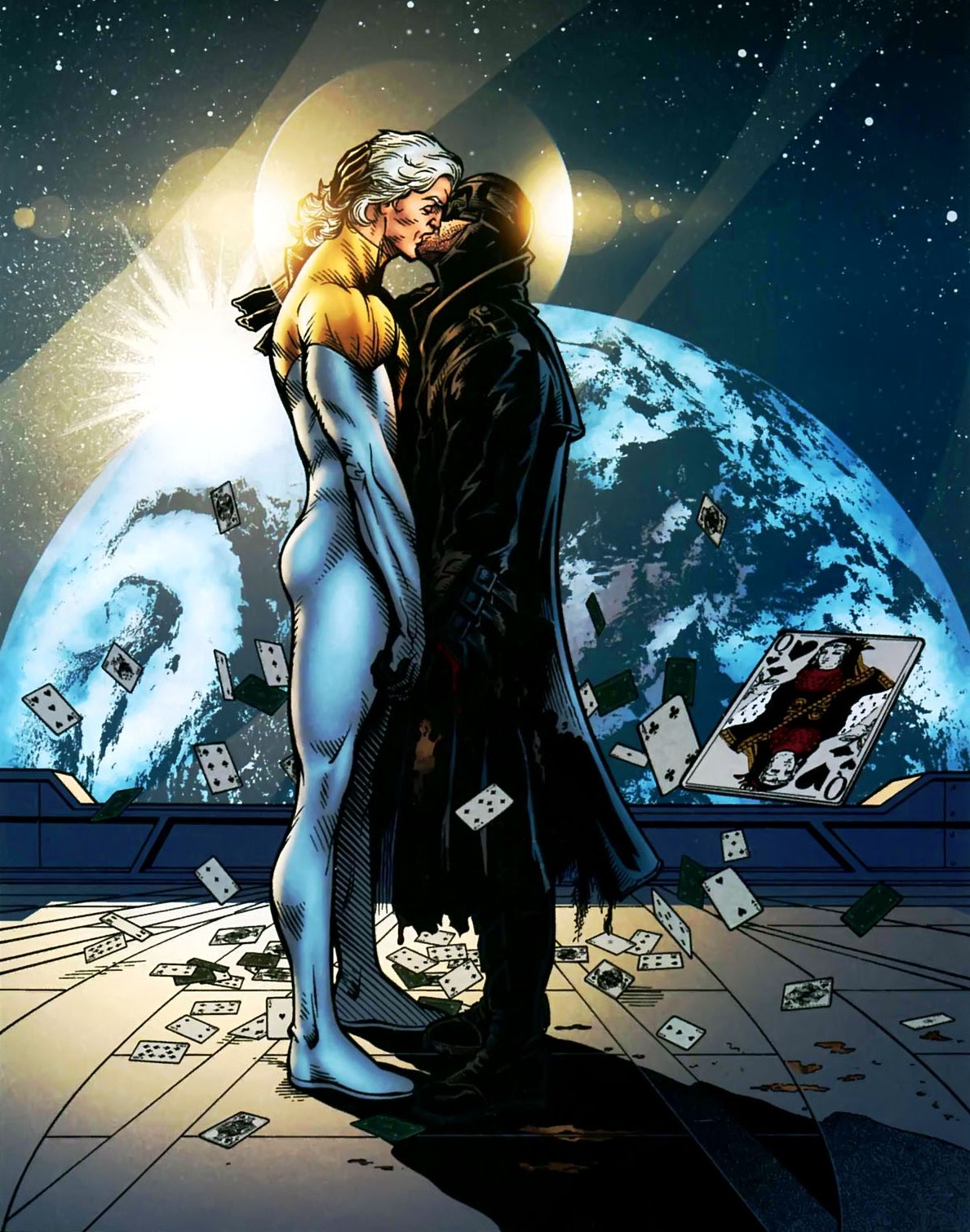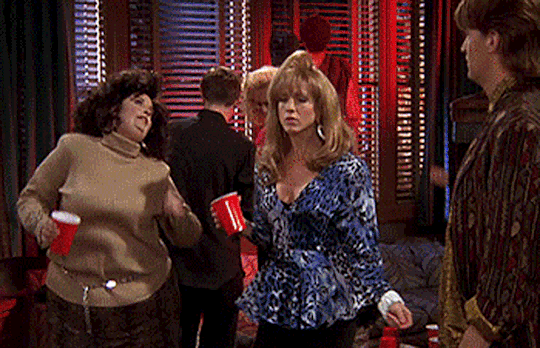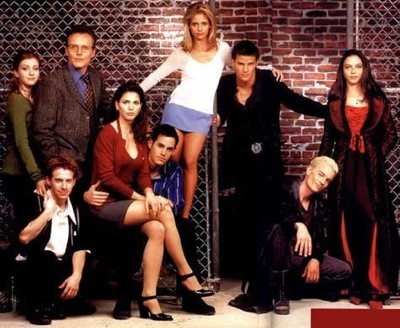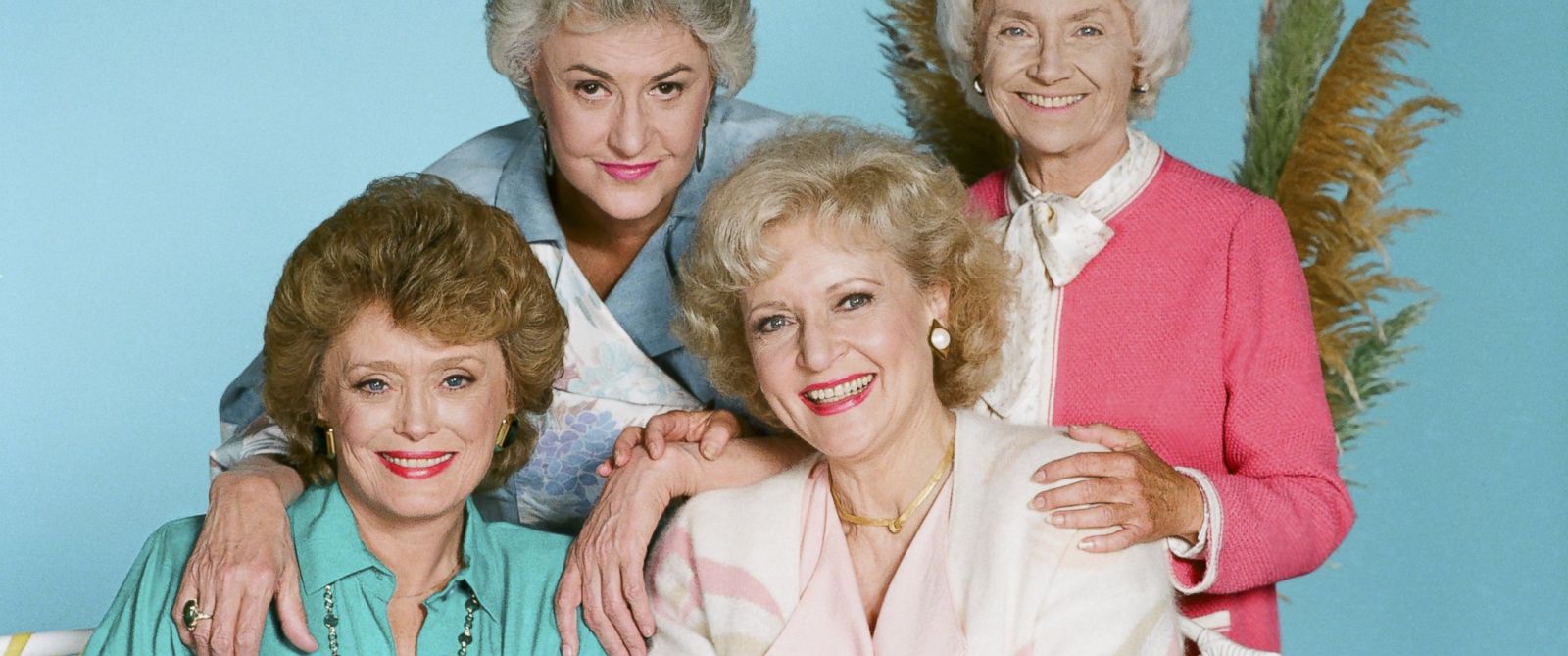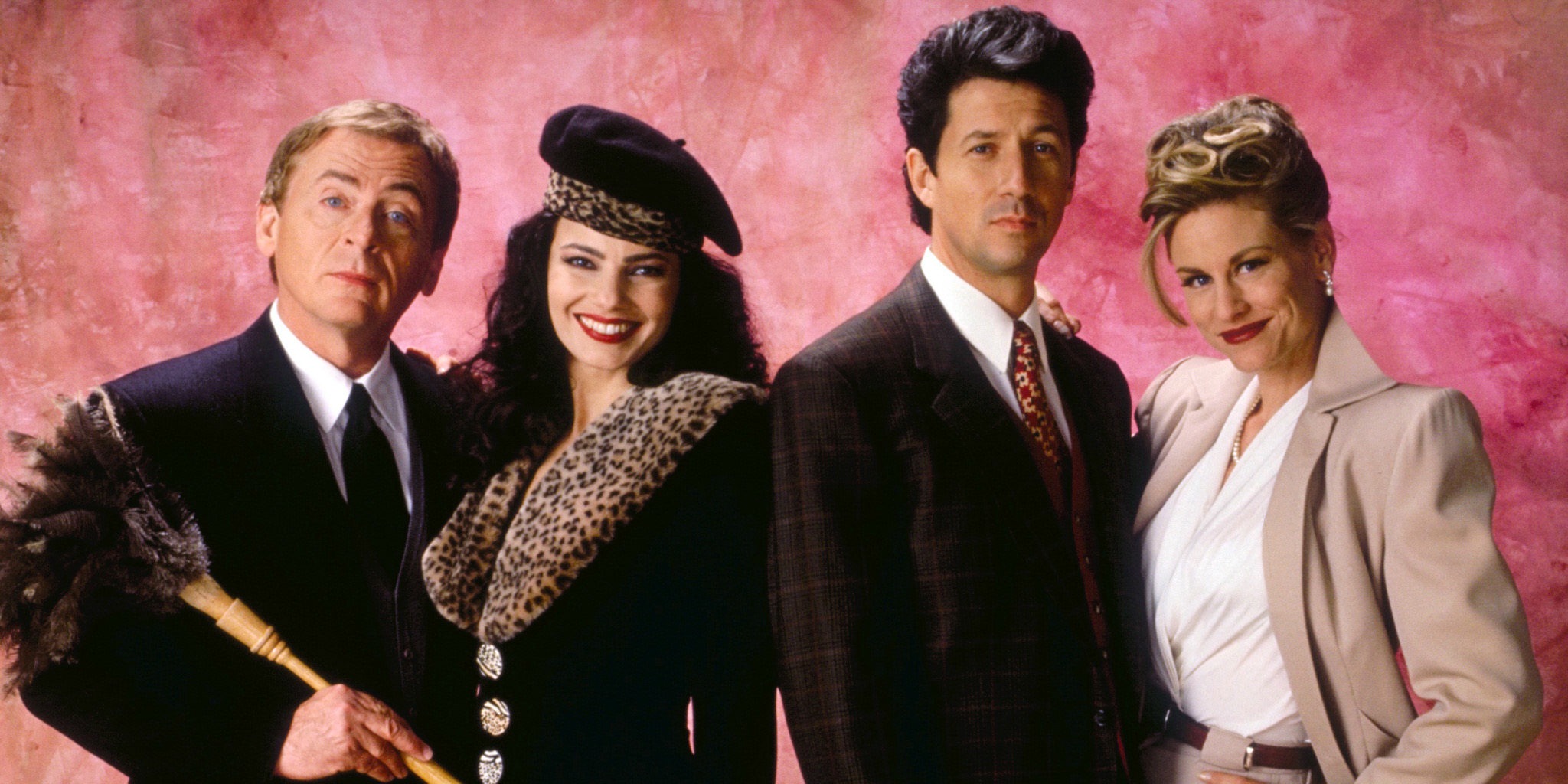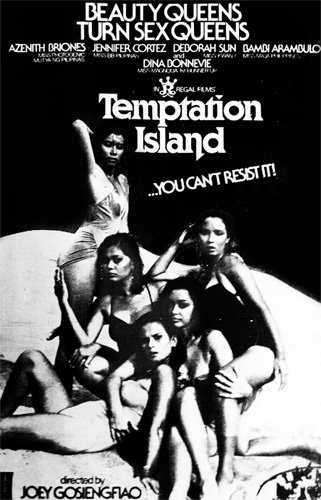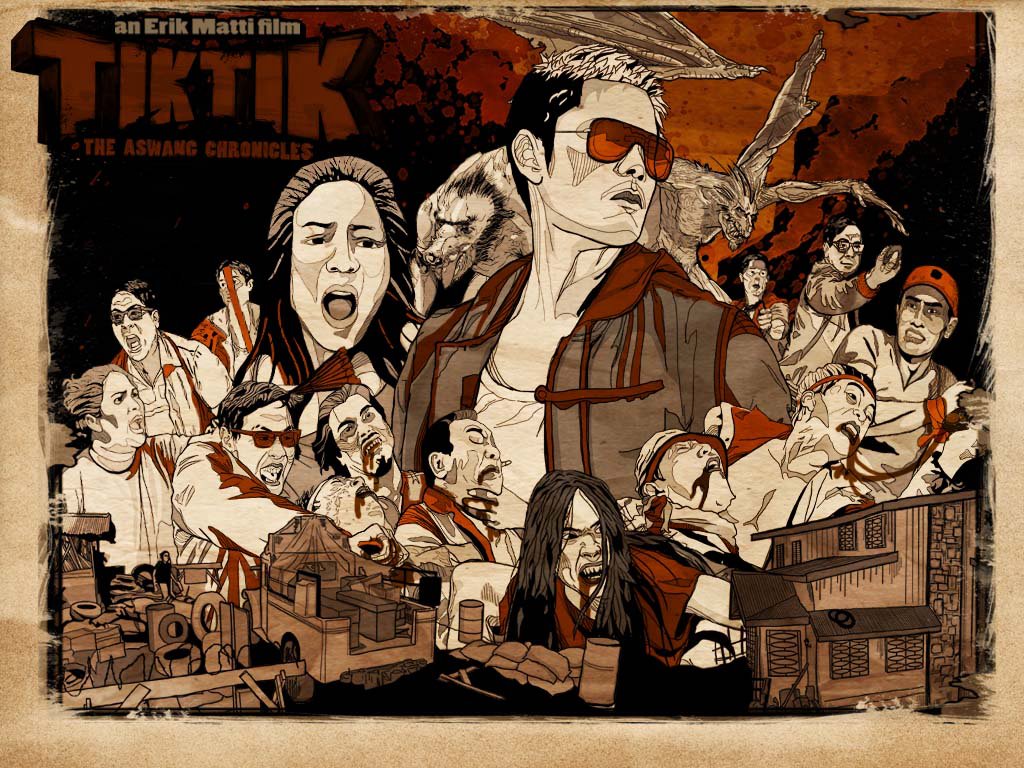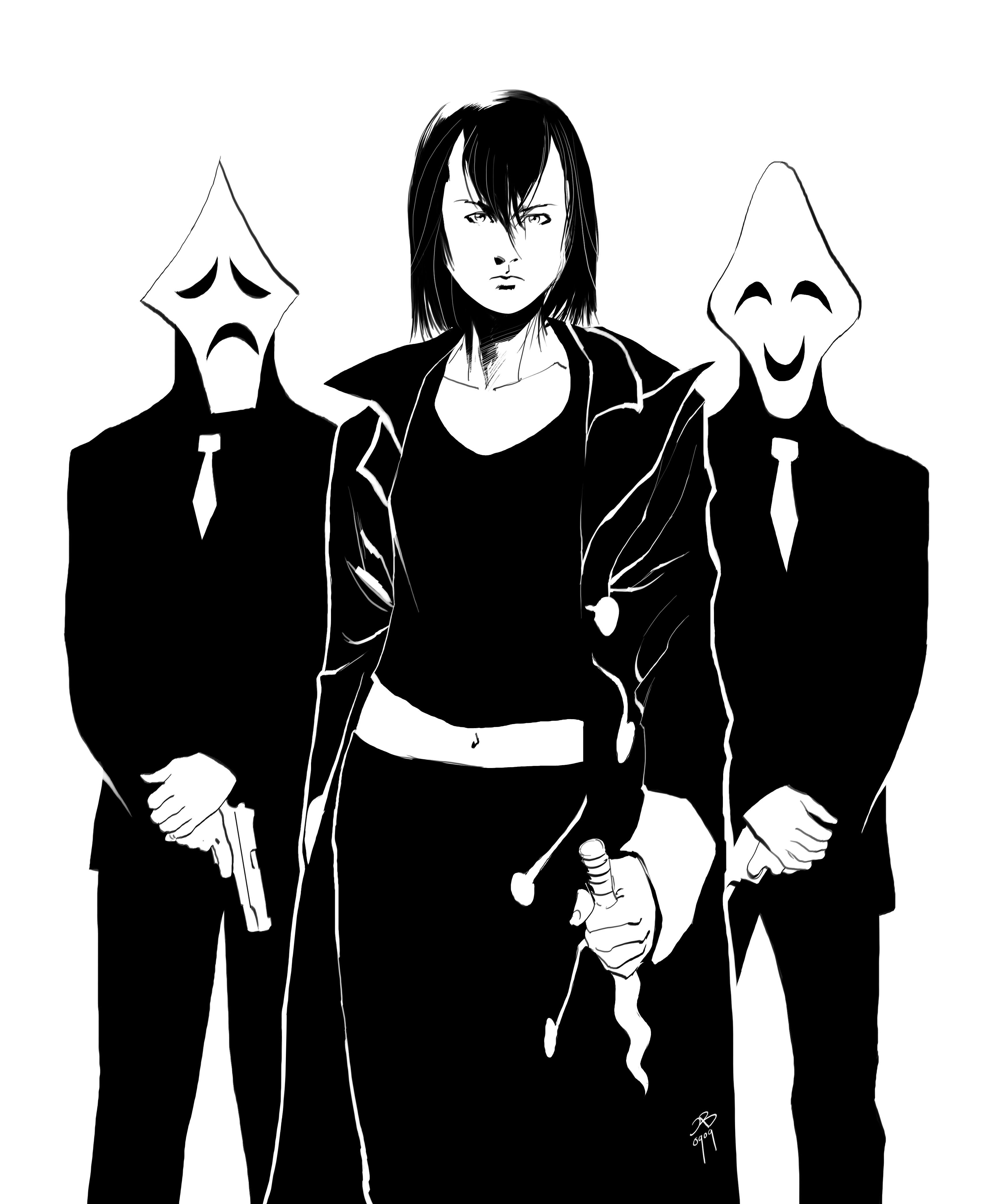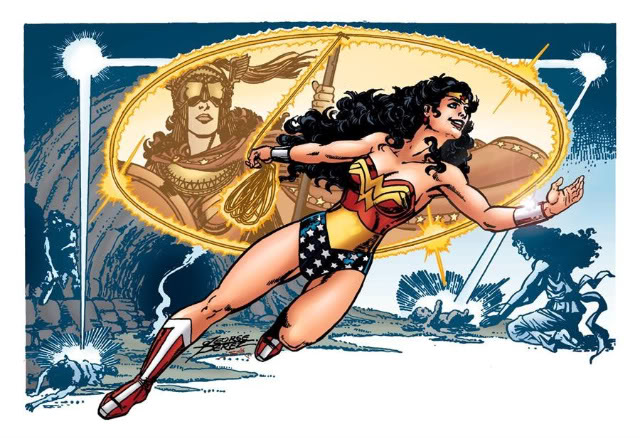Netflix’s Trese: Neither Here Noir There
by allancarreon on Jun.18, 2021, under Film & TV, Geeky, Literature
* Not Spoiler-Free *
 Last week, Netflix released its anime adaptation of the critically-acclaimed Filipino comics Trese (Budjette Tan / Kajo Baldisimo). It received much attention as the first Netflix adaptation of a Filipino property, and the road leading to the release was one of anticipation supported by a very creative, well-received PR campaign.
Last week, Netflix released its anime adaptation of the critically-acclaimed Filipino comics Trese (Budjette Tan / Kajo Baldisimo). It received much attention as the first Netflix adaptation of a Filipino property, and the road leading to the release was one of anticipation supported by a very creative, well-received PR campaign.
As a long-time Trese fan who has been following the comics for over a decade, I too was super stoked to finally see it come to the screen after 16 years since it was first published. Although a live action version would have been preferable, an anime version was also very much welcome. So upon release, I binged the 6-episode series – first with the Filipino dub, then with the English dub. It’s an easy binge, really – totaling about 3 hours (like I said, one LOTR Extended Edition film was longer).
 Much has been said about the controversial casting of Liza Soberano as the Filipino voice of Alexandra Trese. I won’t go deeply into it, you can google it, but I will say she did okay and that I totally understand the business decisions that come into play when casting a celebrity versus a seasoned voice actor for a project like this. Perhaps there could have been a better celebrity choice, she could still improve, but she is also not as bad as others paint her out to be. For a newbie, she did fine.
Much has been said about the controversial casting of Liza Soberano as the Filipino voice of Alexandra Trese. I won’t go deeply into it, you can google it, but I will say she did okay and that I totally understand the business decisions that come into play when casting a celebrity versus a seasoned voice actor for a project like this. Perhaps there could have been a better celebrity choice, she could still improve, but she is also not as bad as others paint her out to be. For a newbie, she did fine.
But Liza was never the problem.
Trese the anime suffered a lot from a number of strange creative choices. I do understand that they only had six episodes to work with (each only half an hour long), and with Netflix gambling on something entirely new, perhaps they weren’t sure we would get a second season. So it felt like they crammed in so much into so few episodes.
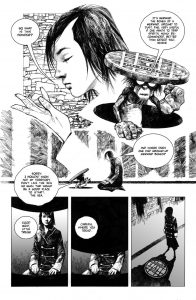
The approach to the Balete Drive story in the comics was more powerfully unsettling.
It must be noted that the original comics mostly dealt with individual cases per issue, although there were some underlying arcs being built up. What the series did for the most part was to interconnect a couple of unrelated cases in the comics and try to tie them up towards the over-all conspiracy arc being told. While in theory this is a good idea for an animation series that relies heavily on a seasonal arc and on simplifying the trajectory for people not familiar with the source, the execution was haphazard in several of the episodes.
Tying the Balete White Lady to the mayor and the MRT case made sense in building an over-all arc, but the heart of At The Intersection of Balete and 13th Street as well as its powerfully unsettling atmosphere were completely lost in the process. The white lady ended up being some generic ghost instead of one of the most famous faces of Philippine horror.
Splicing the Tiyanak story with the Nova Aurora (i.e. Heather Evangelista in the comics) story also made narrative sense from a series perspective and what they needed to advance for an overall arc. It may have been the episode where connecting two unrelated cases made the most logical choice.
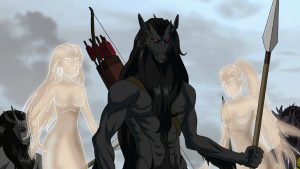 However, conflating Rules of the Race and The Association Dues of Livewell Village left me baffled. Other than making a parallel between tribal “princes” Maliksi and Kulimlim, the episode that tied them was disjointed. Unless you read the comics, the Livewell aspect would confuse general viewers even with passing remarks about it.
However, conflating Rules of the Race and The Association Dues of Livewell Village left me baffled. Other than making a parallel between tribal “princes” Maliksi and Kulimlim, the episode that tied them was disjointed. Unless you read the comics, the Livewell aspect would confuse general viewers even with passing remarks about it.
The most unfortunate thing about dropping the details of the Livewell story is that it was perhaps the most relatable story in a seasonal arc where they were trying to push the idea of “humans are also monsters.” While the mayor definitely falls under that category, he is ultimately a cliched “evil politician” trope complete with villain speeches. The Livewell residents in the comics were just normal middle class people who, wallowing in their privilege, decide to silently sacrifice one outsider human every year to the lightning elementals so that they could live a comfortable life.
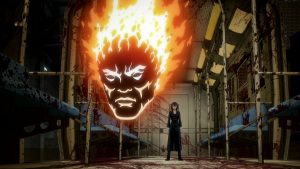 All these conflations of unrelated cases resulted in pacing issues. The early episodes, in particular, felt rushed – scenes jumping to another trying to go from one plot to another without providing sufficient character and story development. This resulted in the loss of a lot of nuances and subtleties so positively prevalent in the comics. The comics felt more sedate, a darker world where social commentary was experienced as opposed to being served on a platter. Perhaps it would have been better to either stick to just one case per episode, or else make each episode an hour long and expound on story details.
All these conflations of unrelated cases resulted in pacing issues. The early episodes, in particular, felt rushed – scenes jumping to another trying to go from one plot to another without providing sufficient character and story development. This resulted in the loss of a lot of nuances and subtleties so positively prevalent in the comics. The comics felt more sedate, a darker world where social commentary was experienced as opposed to being served on a platter. Perhaps it would have been better to either stick to just one case per episode, or else make each episode an hour long and expound on story details.
Alexandra Trese in the comics is approached more of as a supernatural detective. Does she have special abilities? Yes. Does she engage in combat? Yes. But a lot of her depictions in the books focus more on her smarts and cunning, uncovering details and surprises in the various cases she is called to investigate.
In the anime, most of her detective skills are downplayed in favor of getting exposition from Nuno and then proceeding to action and fights.

More sedate, emotional, and impactful
I do understand why they would choose to swap the more noir, intimate feel of the comics for a more action/adventure feel given the medium and the attempt to draw in a wider audience – but I also feel it’s a disservice to the wider audience to rob them of the noir and intimate world of Trese and to possibly feel that such an approach will not sell.
(Plus, as my friend Rebekah said, if we want more action, why not wait for Jimmy Trese to be highlighted in an episode? Of course, the brothers ended up being just a passing visual nod in the series.)
This problem is even more apparent if the purpose was to introduce Filipino Lower Mythologies to an international audience. The rushed approach to the series is likely unable to effectively do this because the world-building was not done thoroughly.
If I were a foreigner who had no idea about Pinoy folklore – would I really understand what an aswang is and what makes it different from, say, a vampire (especially with Dominic now regularly referred to as “Alucard ng Kahirapan“)? What makes the tikbalang unusual? What makes the sigbin (Bantay and Puti) different from a werewolf? Is the White Lady of Balete not just another ghost? Is the tiyanak really a goblin that possessed a baby? What are all those creatures in the council? What in the world is a nuno sa punso? Are duwendes just dwarves?
Unfortunately, we are left with a lot of creatures being name-dropped without really given an understanding of what those creatures represent. This vast menagerie of beings easily represent multiple Filipino social paradigms and issues. Instead, most of them ended up becoming generic monsters of the week, different only in form and moral alignment.
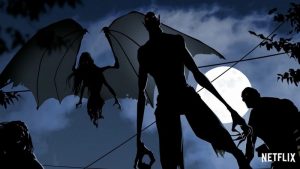 There were also a lot of questionable changes to the mythologies. While an adaptation will rarely be 100% faithful to the material, changes need to feel organic and sensible instead of making it feel like a twist just to “surprise” fans.
There were also a lot of questionable changes to the mythologies. While an adaptation will rarely be 100% faithful to the material, changes need to feel organic and sensible instead of making it feel like a twist just to “surprise” fans.
Perhaps two of the most unfortunate changes are the betrayal of Nuno, who in the comics is one of the sweetest and most interesting characters, and the overall changes in the base prophecies as told by Talagbusao (whose visuals are also questionable – why does he look Incan? his comics looks were excellent and more imposing).
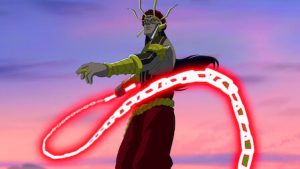 I still believe Talagbusao was lying, particularly about Anton’s behaviors and Sinag, but this, too, felt forced – especially when you consider he mentioned all of this in an 11-minute exposition in the final episode. It was such a long speech that memes have been coming out regularly about his “SONA” and him being “Talak-busao.” Seriously: he started ranting and raving during daylight hours, and he literally ended at night time. Major revelations like these need to be shown, not told. While there were bits and pieces spread throughout the series that attempted to do foreshadowing, these were too few and far between, resulting in an overdrawn villain speech by Talagbusao in the end just to explain it all.
I still believe Talagbusao was lying, particularly about Anton’s behaviors and Sinag, but this, too, felt forced – especially when you consider he mentioned all of this in an 11-minute exposition in the final episode. It was such a long speech that memes have been coming out regularly about his “SONA” and him being “Talak-busao.” Seriously: he started ranting and raving during daylight hours, and he literally ended at night time. Major revelations like these need to be shown, not told. While there were bits and pieces spread throughout the series that attempted to do foreshadowing, these were too few and far between, resulting in an overdrawn villain speech by Talagbusao in the end just to explain it all.
The dub we need to have. Netflix, please make this happen. (CTTO: Twitter – Bekimon23)
What the series really does well is its depiction of Metro Manila. It is generally accurate, and seeing all these familiar places rendered in anime is always a fun experience. Of course, in hindsight, if Zach Snyder can do a B&W cut of his Justice League, I think a B&W noir cut of Trese may be a good idea.
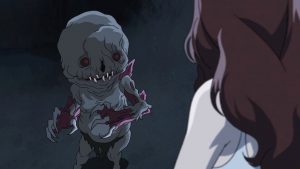 I still liked the series well enough. It’s sufficient for me to plan to rewatch it with Japanese and Spanish dubs (and likely Thai dub). The Kambal, in particular, are great, and Maliksi is more mature. I am interested to see where they plan to take the series with the jianxhi (a new character for the anime) in the post-credits of episode 6.
I still liked the series well enough. It’s sufficient for me to plan to rewatch it with Japanese and Spanish dubs (and likely Thai dub). The Kambal, in particular, are great, and Maliksi is more mature. I am interested to see where they plan to take the series with the jianxhi (a new character for the anime) in the post-credits of episode 6.
However, I didn’t enjoy it as much as I could have because I believe it should’ve been better given the strength of the source. As I understand it, Budjette and Kajo didn’t have much to do with the writing for the series, and it shows. Perhaps they should have been asked for more involvement, but I’m sure these might be business decisions out of their control.
With the popularity of the series at the moment – getting into Netflix Top 10 lists in various countries – it’s possible we do get a second season. If we do, then I hope the team can do course corrections and perhaps ask for added episodes (or longer episodes) to give them more room to develop the characters and the stories more effectively.
 I still say: go and watch it. Support the series because its success can help push for more visibility of Filipino creative work in a global audience. It’s still good enough for a weekend binge – but do lower expectations. I believe there was so much hype to the series that it made people’s expectations much too high.
I still say: go and watch it. Support the series because its success can help push for more visibility of Filipino creative work in a global audience. It’s still good enough for a weekend binge – but do lower expectations. I believe there was so much hype to the series that it made people’s expectations much too high.
But if you sit back and be critical of the series while still appreciating the positive, it can make for a fun enough evening of Alex, Crispin, Basilio, Mal, and the rest of the gang. And Dominic the Aswang Prince. (But Anime!Nuno is #cancelledt)
—
My Rating: 6 out of 10 Stars
Directed By: Jay Oliva, Tim Divar, David Hartman, Mel Zwyer
Starring:
(Filipino dub) Liza Soberano, Simon Dela Cruz, Apollo Abraham, Christopher Carlo Caling, Eugene Adalia, Cheska Aguiluz, Steve Dela Cruz, Jose Amado Santiago, Elyrey Martin, Christian Velarde, Rene Tandoc, RJ Celdran, Bryan Encarnacion
(English dub) Shay Mitchell, Griffin Puatu, Matt Yang King, Jon Jon Briones, Carlos Alazraqui, Nicole Scherzinger, Manny Jacinto, Dante Basco, Eric Bauza, Steve Blum, Darren Criss, Lou Diamond Phillips
(Japanese dub) Ryoko Shiraishi, Yoshihisa Hosokawa, Ken Uo, Yūki Sanpei, Ken Yanai, Takashi Uezumiya, Hironori Saito, Noriyuki Tsuyuki, Yasuhiro Kikuchi, Masahi Hashimoto, Noriyuki Tsuyuki, Atsuki Tani
